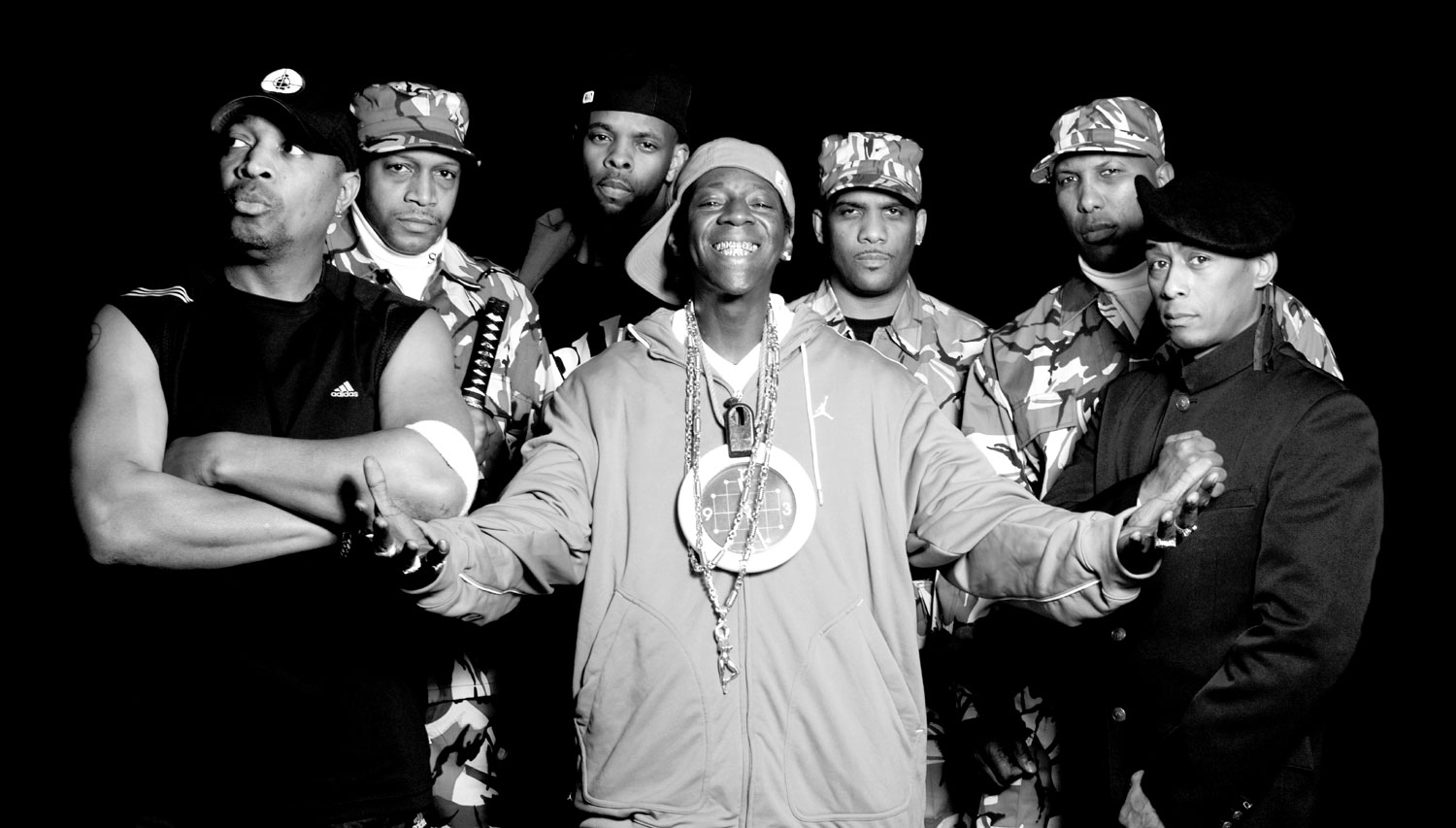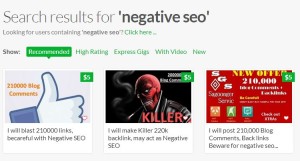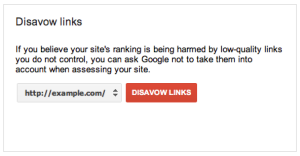Is Negative SEO Public Enemy #1?
The world of Search Marketing thrives on buzzwords. If it’s not Article Writing then it’s Content Marketing. That’s how this industry perpetuates. Perhaps no buzzword has been bandied about as much lately as Negative SEO. Is it the real Public Enemy? I put on my professional SEO hat (and my amateur hip-hop historian Kangol) to find out. Could a competitor use Negative SEO tactics to hit your site as hard as beats from DJ Terminator X?

The SEO world has written much recently about the concept of Negative SEO. What is it you say? Let’s listen to Google’s own Flava Flav, Matt Cutts explain:
Read more:
Moz – Were you Hit by Negative SEO?
Search Engine Watch – Understanding Link-Based Negative SEO
Moz – Negative SEO: Myths, Realities & Precautions – Whiteboard Friday
To summarize, Negative SEO revolves around the notion that someone can nefariously build a ton of junky links to your site and torpedo your organic traffic and search visibility. There’s been so much great discussion on industry blogs and within the SEO community, which I always find a healthy, productive thing. However, I tend to dread the moment of spillover, that exact moment when mainstream press covers an SEO topic ensuring a critical mass of emails from every SEO client I’ve ever had or group I’ve volunteered for espousing panic about the next big thing. I present for you that critical mass:
Entrepreneur – How to Protect Your Website From Negative SEO
Forbes – Understanding Negative SEO And Your Saboteur Within
Forbes – Expedia, Negative SEO and Google Penalties
The cat is out of the bag if the big business sites are writing about Negative SEO. So is this even a real thing? Does anyone have a documented case of Negative SEO affecting someone’s website? Did you repair it? It’s certainly easy to locate someone claiming to perform a Negative SEO service for you. Here’s a screenshot from a search on Fiverr.com showing a few users who will build thousands of junk links to the site of your choosing.

Tasty Placement lists a test case that they designed specifically to use Negative SEO upon (*No Client rankings were harmed in this experiment) and they demonstrate some negative ranking effect, but don’t discuss any punitive action they would take to recover.
It’s safe to say this test was performed on site that wasn’t very established. Pittsburgh’s own Nick Ker of KERcommunications.com disputes any significant harm done after a forum-user engaged in Negative SEO built bad links to his site. Granted his site was an established one, even though it had a smaller link profile.
Making matters all the more cloudy is the fact that largest companies (like Expedia) mentioned in conjunction with Negative SEO were most likely using bad link tactics to begin with, making it that much harder to sort out.
Which is it then? Is this real or fake? Is everyone getting worked up about a hypothetical threat? I feel that answer lies somewhere in between the two. Yes, it seems certainly possible that a person could target a very new site and do damage if no one was minding the shop. If you’re operating a site that’s been around a few years and has an established pattern of activity, I find it really hard to believe that negative SEO could create any serious damage (especially long-term damage). Search algorithms are just too good to be fooled by sudden, huge influxes of terrible exact-match anchor text links, or even close-match anchor text links.
So If Negative SEO is real, how can you catch it?
If you’re an SEO working on client accounts, you should be able to naturally catch any major change in backlink profile in your monthly or weekly backlink checks. If you’re a business owner working on your own site, use any of the following tools below to keep tabs on your backlink profile. If you suspect a high volume influx of very unnatural links, there are some steps you can take to safeguard your site.
1. Evaluate
Ask questions:
-Did your site receive a manual action warning message in Google Webmaster Tools?
-Did your business or organization pay for any link building or other activity that could cause any drop in rankings or traffic?
2. Backlink Monitoring Tools
Use services like these to monitor and check for an influx of shady or unnatural links.



3. Cleanup
Say you spot a hundred or more very suspicious links. What’s your best course of action? Use Google’s Disavow Tool in Webmaster Tools (Search it, it’s not on the GWT menu). This simple tool lets you upload a single text file full of your junky links and says to Google “Please ignore these when ranking my site if you can”. That last part is important. This isn’t a total banishment. It’s a mea cupla that says “Hey, I know about these. I just want you to know that I know about these”.

You’re well on your way to controlling any outside damage, but the fight may be over. Treat your link profile like you would your server. Monitor it and fix any issues to keep your business online and making money.
Conclusions
This topic has sure made the rounds lately. I’m incredibly skeptical if this type of damage can be done to your site from nefarious external forces seeking to outrank you. The core flaw of negative backlink SEO as a tactic is that a webmaster can so easily disavow the offending links. Temporary damage could theoretically occur, but it could be corrected by the site owner. I say don’t believe the hype.
Are you an SEO who’s seen Negative SEO first-hand? Want to share your story? Are you a website owner who thinks something has attached your site’s link profile? Contact us and we’ll help you diagnose it.


